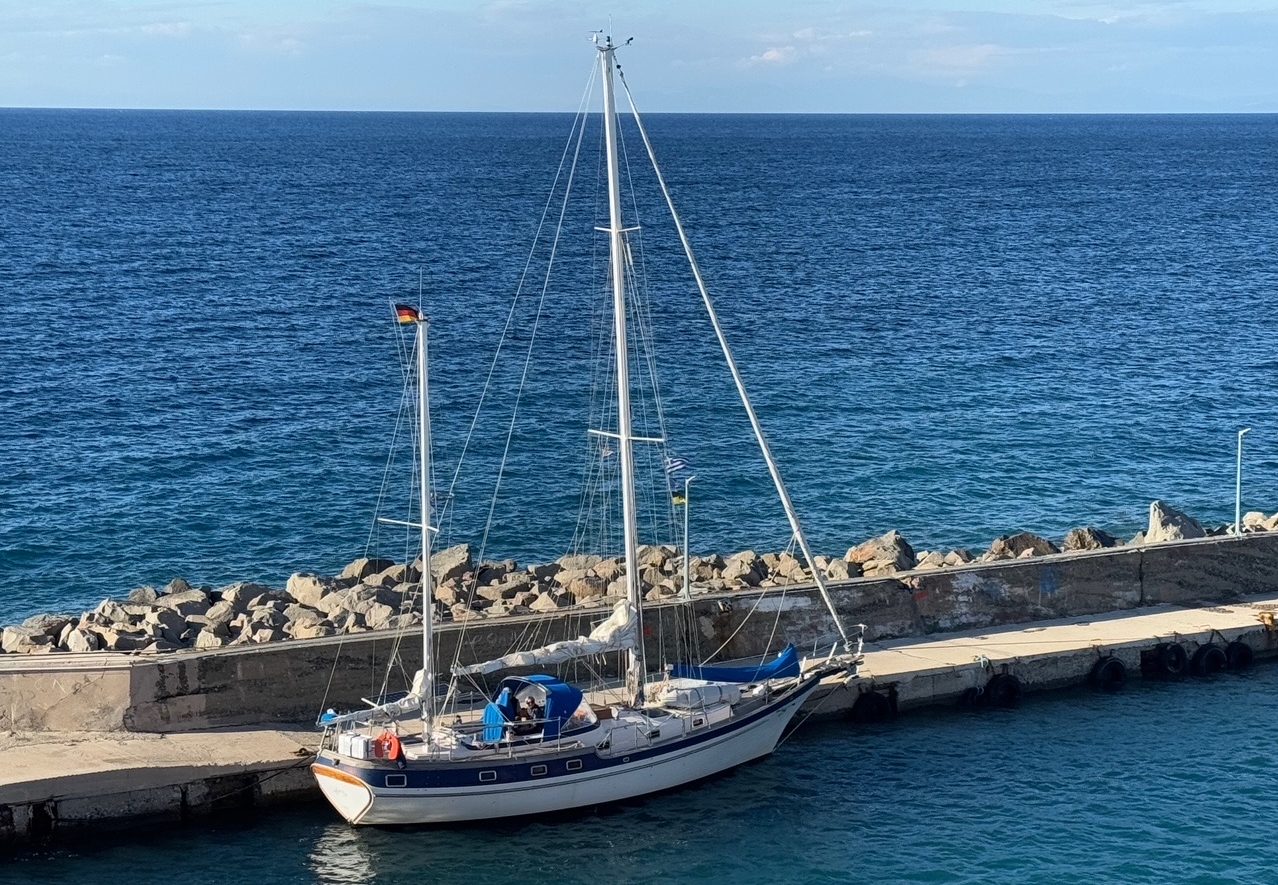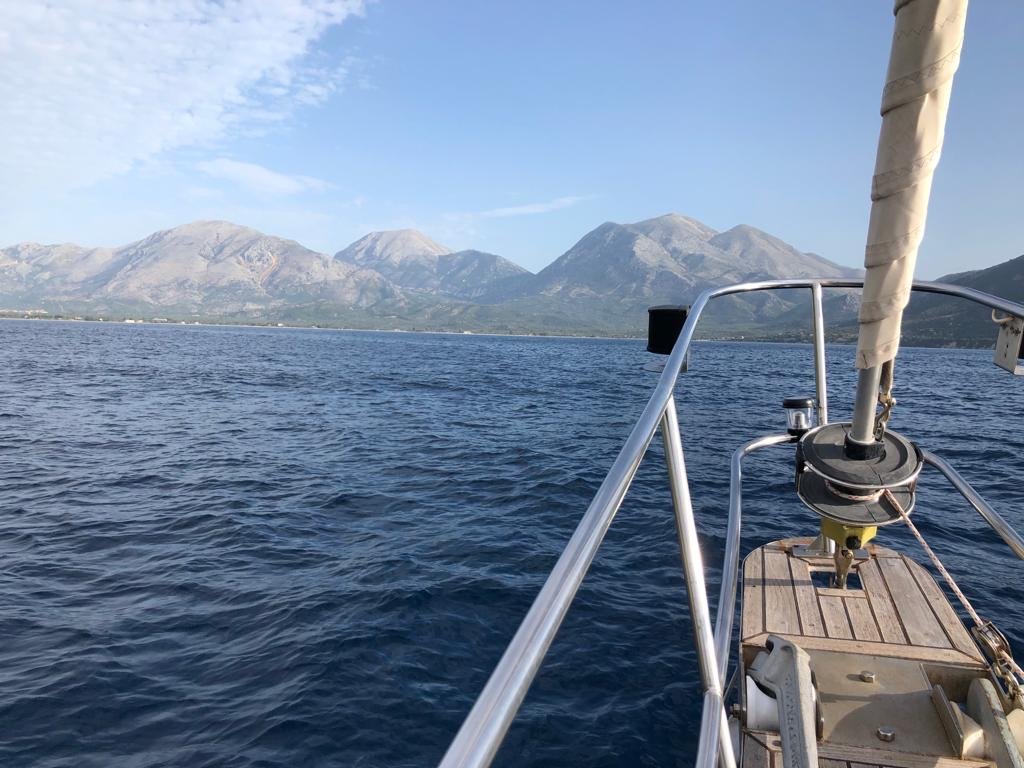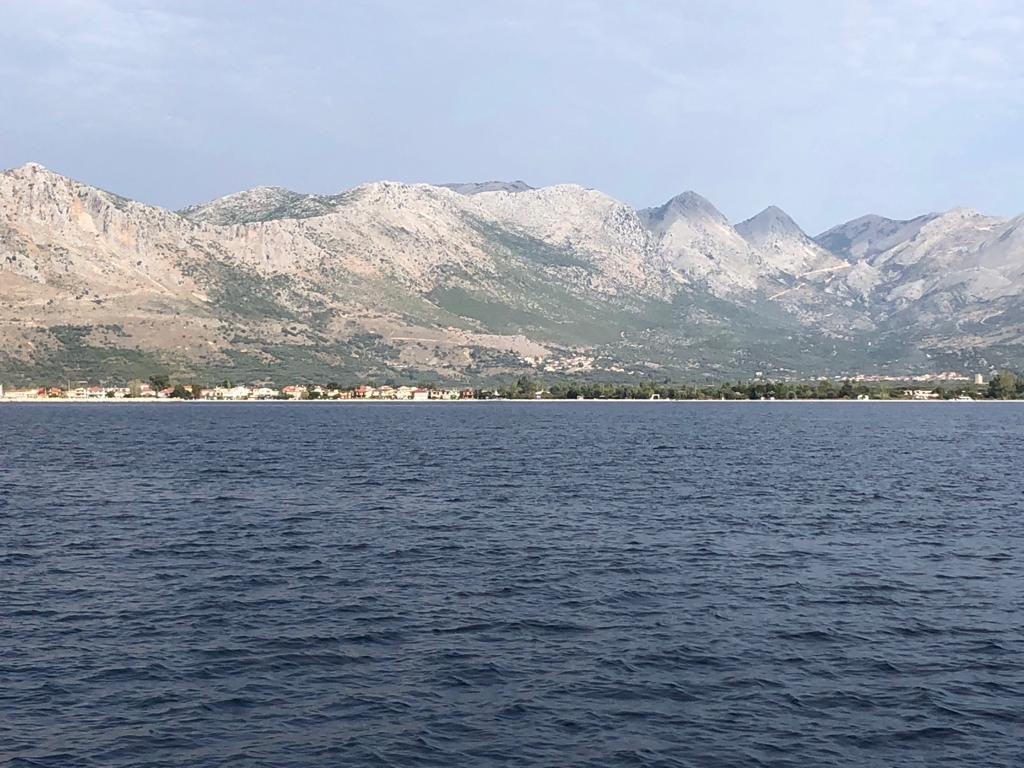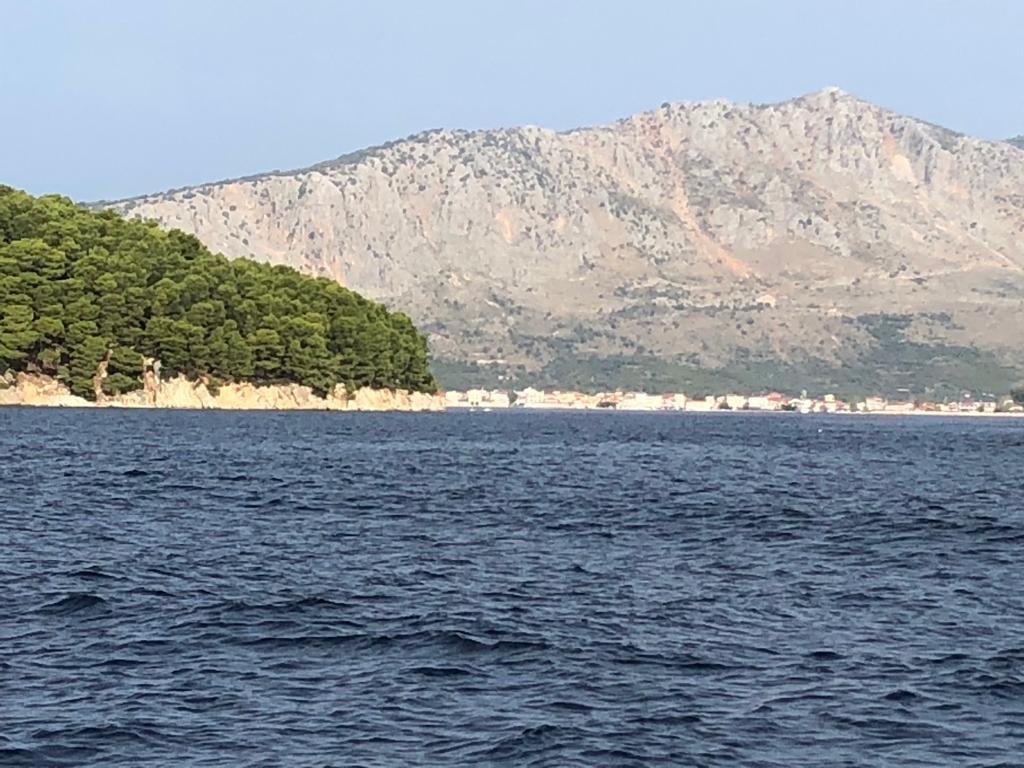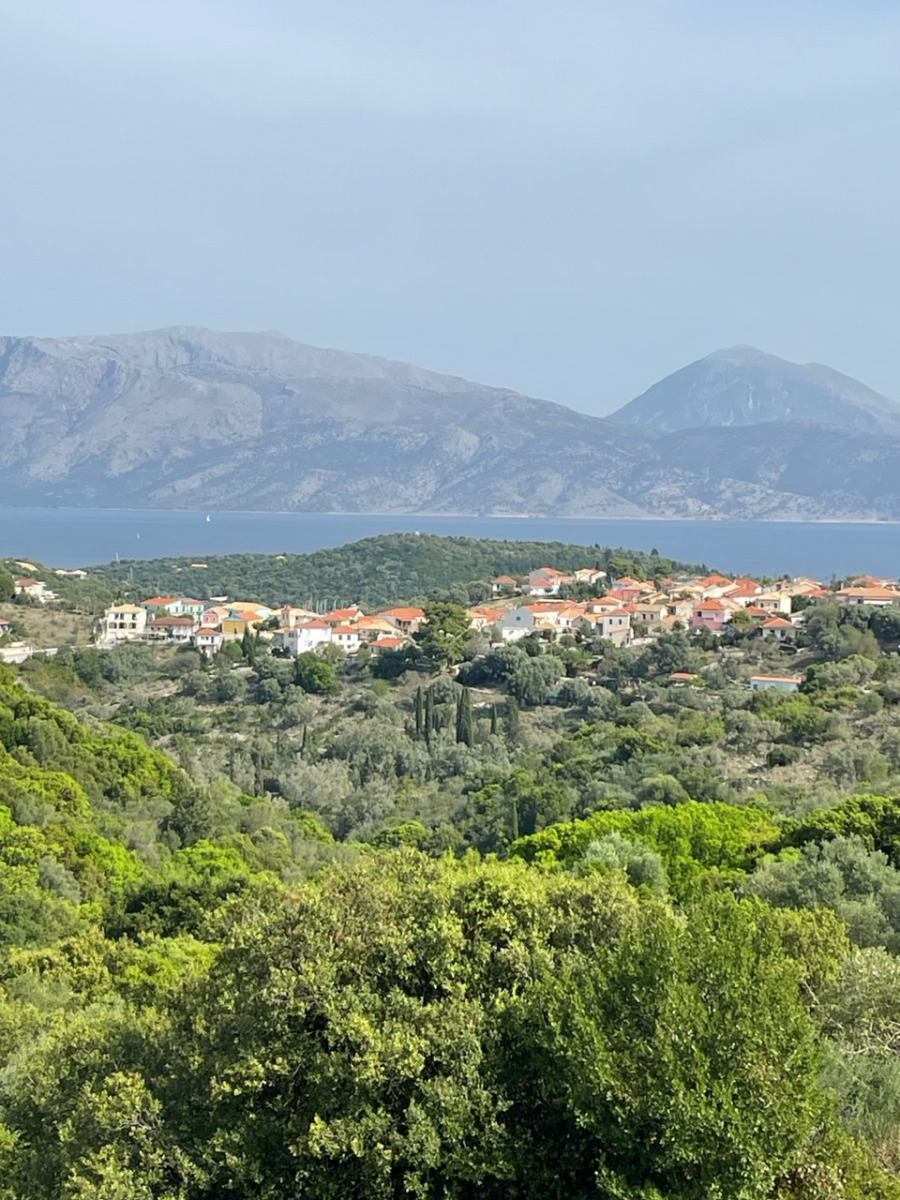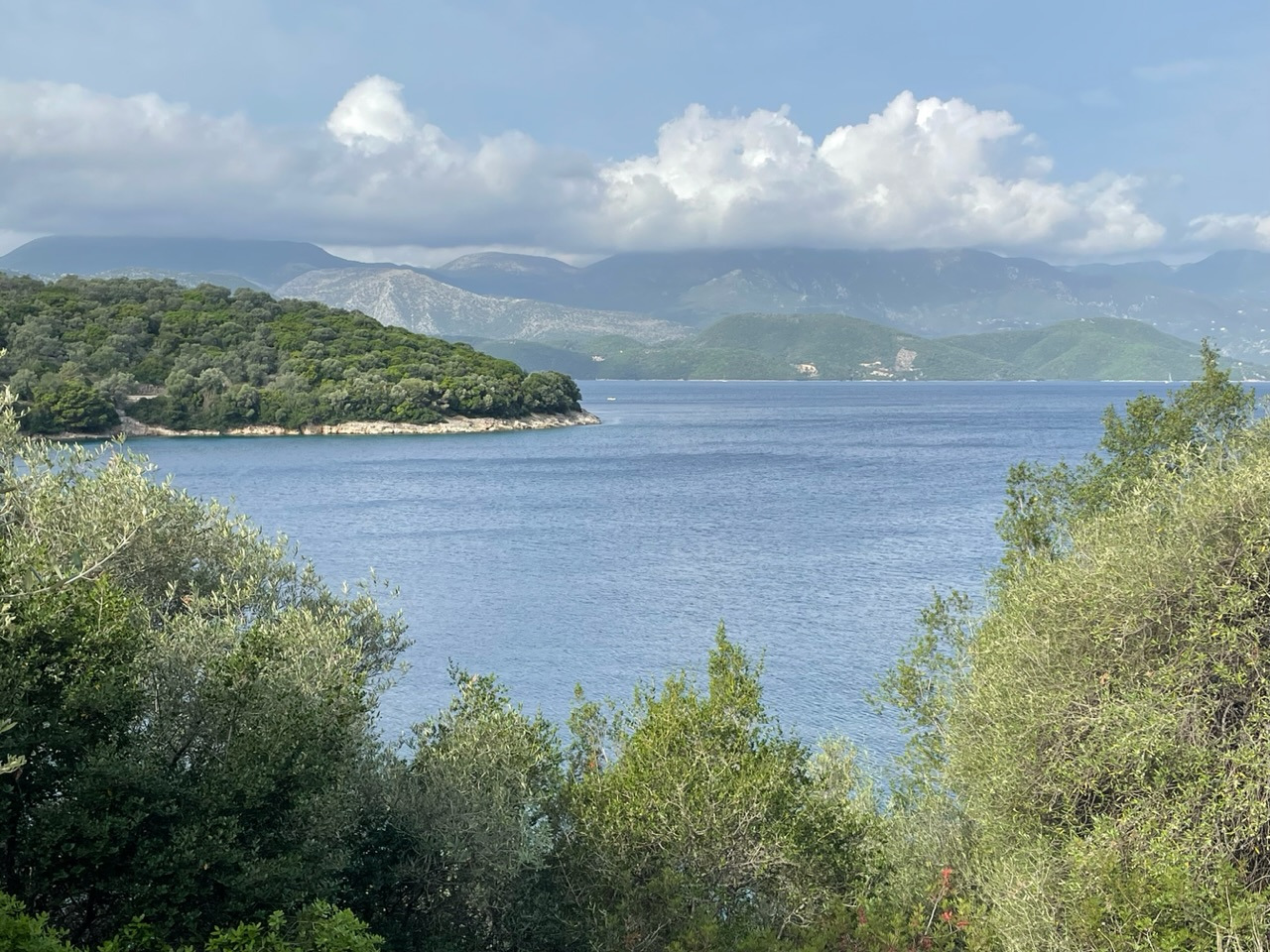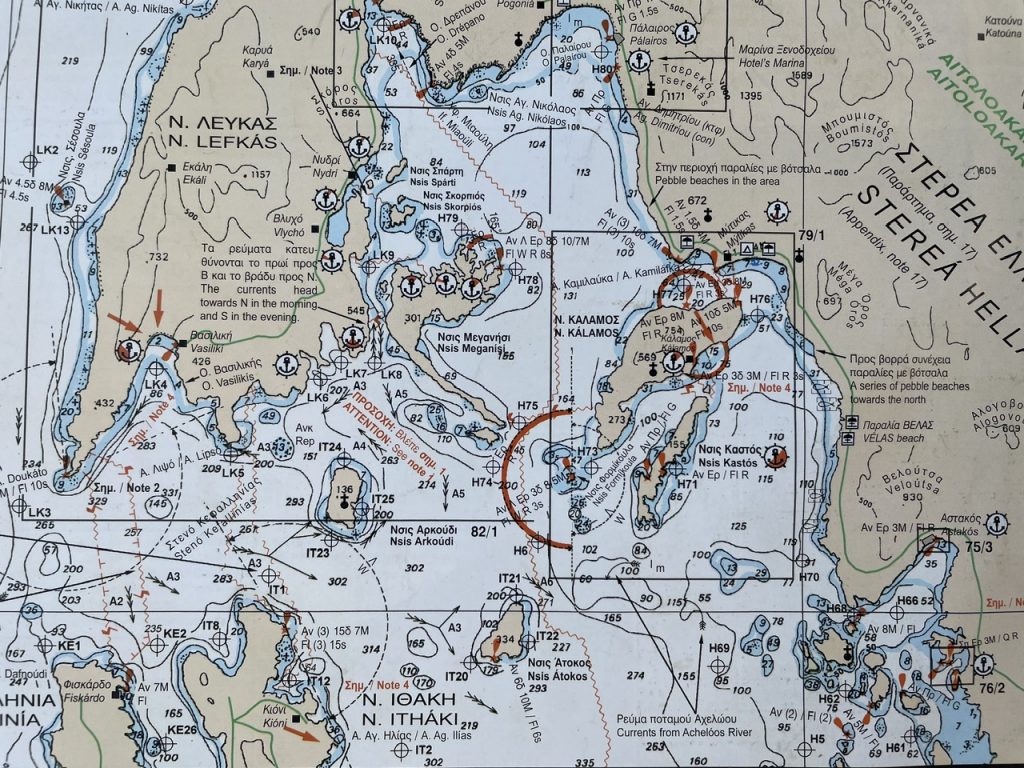
We sail through the Ionian Islands - but we also like the mainland with its beautiful fishing villages of Paleiros, Mytika, Sivota........and the wild and rugged barren mountains beyond. And the mainland has it all: not only scenically, but also historically and mythologically.
It has been inhabited for 22,000 years, as evidenced by archaeological finds from the Palaeolithic Age - says our wonderful sailing almanac, which not only has excellent maps and information on shoals, currents, weather phenomena and good fish tavernas, but also an appendix with historical information.
There were mountain lions in the wild mountains - the first task Hercules had to do was to kill a lion, that took place here. Achilles' ancestors came from here, as did the wife of Philip II of Macedonia and mother of Alexander the Great. The famous king Pyrrus also ruled here. The inhabitants provided soldiers and ships for the Trojan War, Homer mentions.
In "classical" Greek antiquity there were large cities and harbours, as far south as Messolonghi, now a large excavation site called Ancient Plevrona - Pleuron.
In the more northern area is Aktio, today the airport of Preveza. In the year 31 B.C. , the last naval battle between Mark Antony and Cleopatra and the Romans under Octavian took place here - Cleopatra lost. As a sign of victory, the city of Nicopolis was founded, which at times had up to 300000 inhabitants, today also an impressive archaeological site.
The Byzantines replaced the Romans and were the dominant culture and administration for a long time, until a phase of decay and various invasions by "barbarians" (Goths, Vandals.....) began - Völkerwanderung.
In the 12th century, the area fell to the "Franks", the Greek collective term for crusaders, whether Germans, English, French, Spanish, Venetians.....
With the fall of Constantinople in 1453, the rule of the Turks began in this part of Greece. The Turks kept alternating with the Venetians; trade routes and the flow of goods were at stake. Churches were used as mosques, then again as churches, Venetian fortresses were finished by the Turks and vice versa. It went back and forth, examples being Nafpaktos (naval battle at Lepanto in 1571, which, however, took place in the Ionian Sea and not in the Gulf of Patras) and Monemvasia in the Peloponnese.
"Armatoloi" (=armed men) and "Kleftes" ("thieves", the same root as kleptomaniacs), fought as partisans against Turkish rule, with varying success and also great massacres, until 1821 when the Greek struggle for independence began, which ultimately ended by 1912/1913 with the withdrawal of the last Turks from the Greek territories. There are monuments to fallen soldiers with the dates 1912/13, 1940/41 and 1948/49 on a single memorial stone.
So we get to know the impressive landscape from another side. And we get many insights into events that did not feature in our history lessons, or only marginally, but which in many cases still have an impact today and determine life here.
